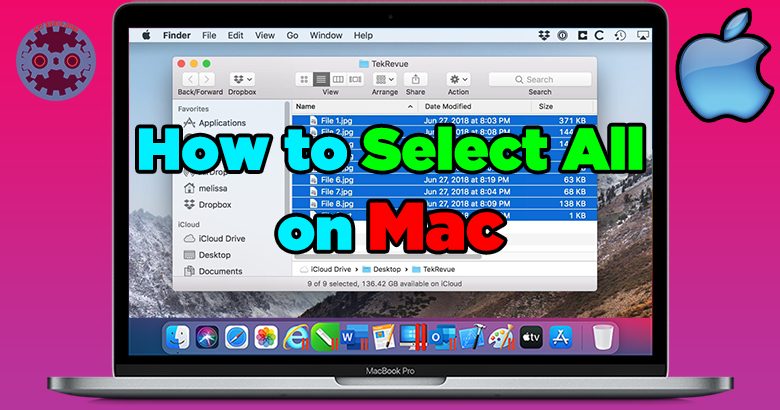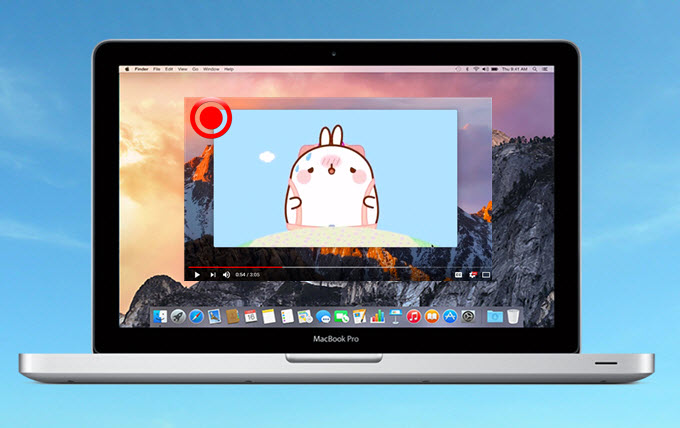Looking to connect dual monitors to your MacBook Air? You’ve come to the right place! With the increasing need for multitasking and productivity, having two screens can greatly enhance your work setup. But how exactly do you go about setting it up? In this article, we’ll walk you through the simple steps of how to connect dual monitors to your MacBook Air. So whether you’re a designer, developer, or simply a fan of maximizing your screen real estate, let’s dive in and make the most of your Mac!
Table of Contents
- 1 How to Connect Dual Monitors to MacBook Air
- 2 Frequently Asked Questions
- 2.1 How do I connect dual monitors to my MacBook Air?
- 2.2 What cables do I need to connect dual monitors to my MacBook Air?
- 2.3 Can I connect dual monitors to my MacBook Air using HDMI?
- 2.4 What is the maximum number of monitors I can connect to my MacBook Air?
- 2.5 Do I need any additional software to connect dual monitors to my MacBook Air?
- 3 Final Thoughts
How to Connect Dual Monitors to MacBook Air
If you’re looking to increase your productivity and enhance your workflow, connecting dual monitors to your MacBook Air can be a game-changer. Expanding your screen real estate allows you to multitask efficiently and have multiple applications and windows open simultaneously. In this comprehensive guide, we’ll walk you through the step-by-step process of connecting dual monitors to your MacBook Air and optimize your setup for maximum efficiency.
Requirements for Connecting Dual Monitors
Before we jump into the process, it’s essential to ensure that you have all the necessary equipment to connect dual monitors to your MacBook Air. Here’s what you’ll need:
- MacBook Air (compatible with multiple monitors)
- Two external monitors with compatible video inputs (such as HDMI, DisplayPort, or Thunderbolt)
- Adapters or cables to connect the monitors to your MacBook Air
Types of Adapters
Depending on the ports available on your MacBook Air and the inputs on your external monitors, you may require specific adapters or cables to establish the connection. Here are a few common types of adapters you may need:
- HDMI to Thunderbolt adapter: This adapter allows you to connect an HDMI cable from your monitor to the Thunderbolt port on your MacBook Air.
- HDMI to USB-C adapter: If your MacBook Air has USB-C ports instead of Thunderbolt, you’ll need this adapter to connect an HDMI cable to your MacBook Air.
- DisplayPort to Thunderbolt adapter: If your monitors have DisplayPort inputs and your MacBook Air has Thunderbolt ports, this adapter is required to establish the connection.
- DisplayPort to USB-C adapter: For MacBook Air models with USB-C ports, this adapter enables you to connect monitors with DisplayPort inputs.
- Thunderbolt 3 dock: If you have multiple monitors with different input types, a Thunderbolt 3 dock can simplify the process by providing multiple ports for connecting your monitors.
Step-by-Step Guide to Connect Dual Monitors to MacBook Air
Now that you have all the necessary equipment let’s dive into the step-by-step process of connecting dual monitors to your MacBook Air:
- Identify the available ports: Begin by identifying the video ports available on your MacBook Air. This will help you determine the type of adapters or cables you’ll need to connect your monitors.
- Connect the first monitor: Connect one end of the video cable (HDMI, DisplayPort, or Thunderbolt) to the appropriate port on your first monitor. Connect the other end to the corresponding port on your MacBook Air using the appropriate adapter or cable.
- Configure monitor settings: Once the first monitor is connected, go to the Apple menu, select “System Preferences,” and then click on “Displays.” In the Display settings, you can arrange the monitors, adjust resolutions, and customize other display preferences according to your needs.
- Connect the second monitor: Repeat the process by connecting the second monitor to your MacBook Air using the appropriate video cable and adapter. Ensure that you connect the monitors to different ports on your MacBook Air.
- Adjust display settings: Once both monitors are connected, go back to the Display settings and configure the setup. You can arrange the monitors to mirror each other or extend the desktop across both screens. Adjust the resolution and other settings to optimize your viewing experience.
- Test the setup: After configuring the display settings, it’s advisable to test the setup to ensure that both monitors are functioning correctly. Open multiple applications, drag windows across screens, and test different tasks to verify that everything is working as intended.
Troubleshooting Tips
Sometimes, issues may arise during the process of connecting dual monitors to your MacBook Air. Here are some troubleshooting tips to help you overcome common problems:
1. Display not detected:
If your MacBook Air fails to detect one or both of the external monitors, try the following solutions:
- Disconnect and reconnect the cables to ensure a secure connection.
- Restart your MacBook Air and try connecting the monitors again.
- Check for software updates and install the latest macOS version.
- Try using different video cables or adapters to rule out any hardware issues.
2. Display resolution issues:
If you encounter resolution problems or the monitors are not displaying the desired clarity, follow these steps:
- Navigate to the Display settings and adjust the resolution to match the native resolution of your monitors.
- Verify that you’re using high-quality video cables capable of transmitting the desired resolution.
- Update the graphics drivers on your MacBook Air by installing any available updates.
3. Flickering or unstable display:
If you experience flickering or an unstable display on one or both monitors, try these troubleshooting steps:
- Ensure that you’re using high-quality video cables and adapters to maintain a stable connection.
- Check for electromagnetic interference from other devices near your MacBook Air or the monitors.
- Try using different ports on your MacBook Air to connect the monitors.
Remember, the troubleshooting tips mentioned above are general guidelines, and specific solutions may vary depending on your MacBook Air model, monitor specifications, and software compatibility.
Connecting dual monitors to your MacBook Air opens up a world of possibilities, allowing you to multitask efficiently and boost productivity. By following the step-by-step guide and troubleshooting tips provided in this article, you can successfully set up dual monitors and optimize your workflow. Enjoy the expanded screen real estate and take your productivity to new heights with a dual monitor setup on your MacBook Air.
How To Setup Dual Monitors On Mac – Full Guide
Frequently Asked Questions
How do I connect dual monitors to my MacBook Air?
To connect dual monitors to your MacBook Air, you can follow these steps:
What cables do I need to connect dual monitors to my MacBook Air?
To connect dual monitors to your MacBook Air, you will need the following cables:
Can I connect dual monitors to my MacBook Air using HDMI?
Yes, you can connect dual monitors to your MacBook Air using HDMI. However, please note that MacBook Air models might have different types of ports. If your MacBook Air has only one HDMI port, you will need to use an adapter or a docking station to connect two monitors.
What is the maximum number of monitors I can connect to my MacBook Air?
The maximum number of monitors you can connect to your MacBook Air depends on the specific model and its capabilities. Some MacBook Air models support only one external monitor, while others can support up to two or more. It’s recommended to check the technical specifications of your MacBook Air model to determine its multi-monitor capabilities.
Do I need any additional software to connect dual monitors to my MacBook Air?
No, you do not need any additional software to connect dual monitors to your MacBook Air. The macOS operating system supports dual monitor setups by default. However, make sure that your MacBook Air model and macOS version are compatible with dual monitor configurations.
Final Thoughts
To connect dual monitors to your MacBook Air, follow these simple steps. First, check if your MacBook Air has two display ports. If it does, you’re all set. If not, you will need an external dock or a display adapter that supports dual monitors. Next, connect one monitor to each display port using the appropriate cables. Once connected, go to the Apple menu and select System Preferences. From there, click on Displays and choose the Arrangement tab. Enable the “Mirror Displays” option to duplicate your screen, or select the “Use side-by-side” option to extend your desktop across both monitors. Adjust the arrangement and resolution as desired. With these instructions, you’ll be able to connect dual monitors to your MacBook Air seamlessly.

